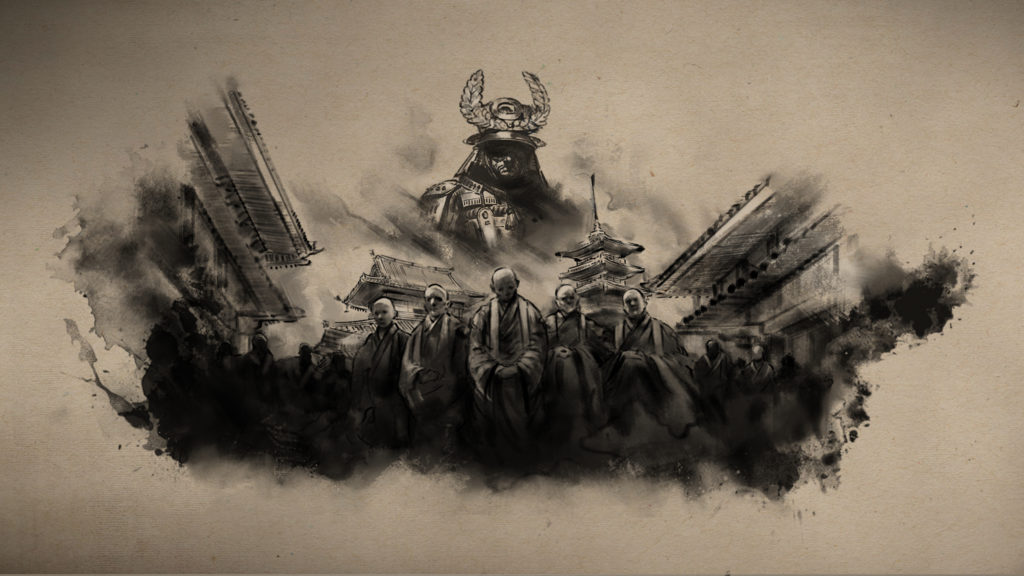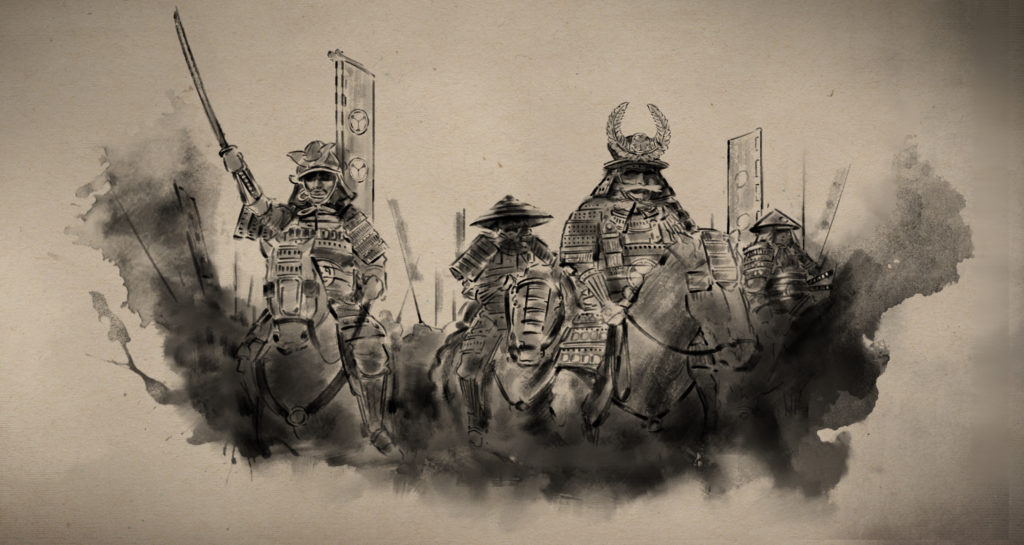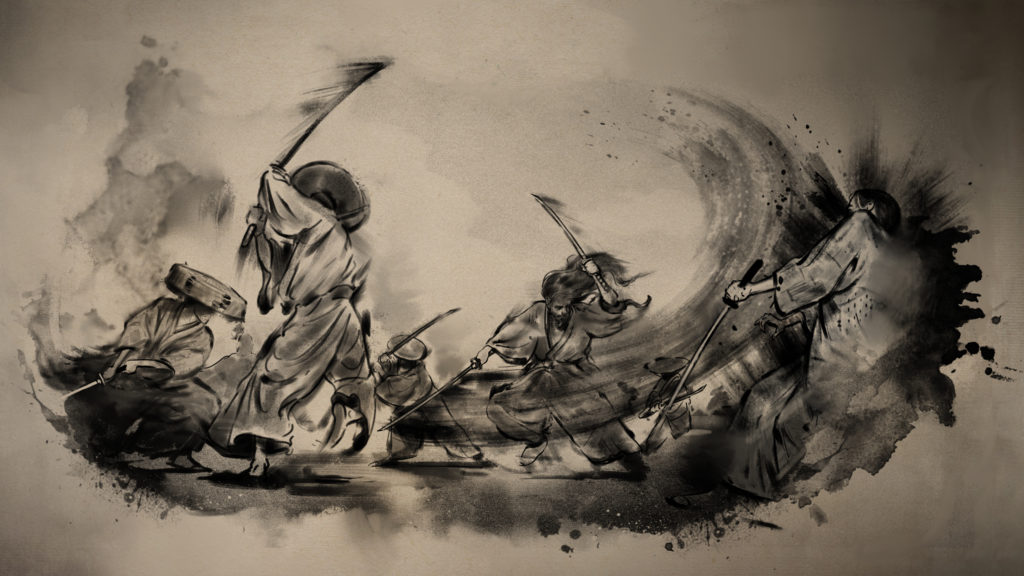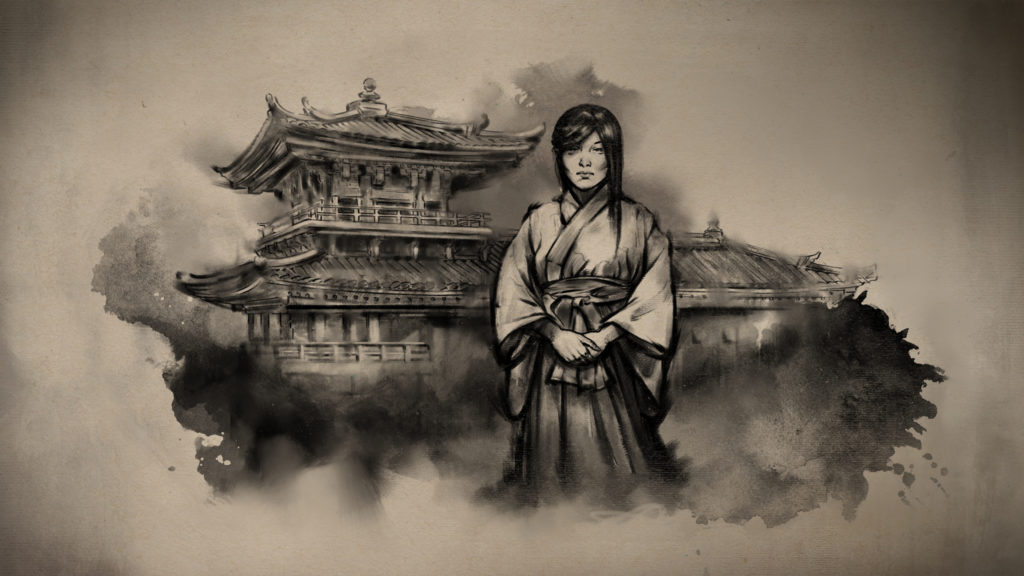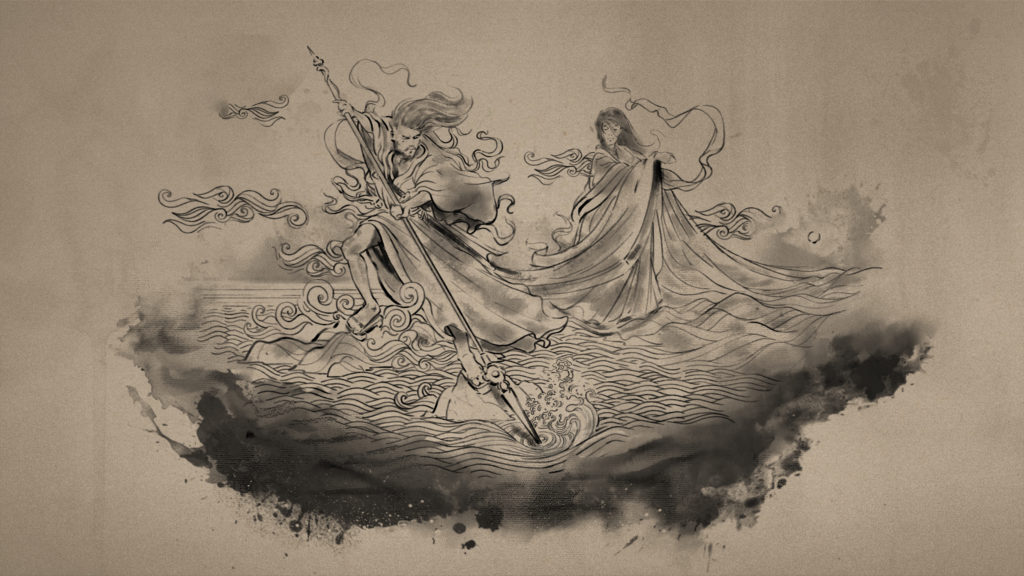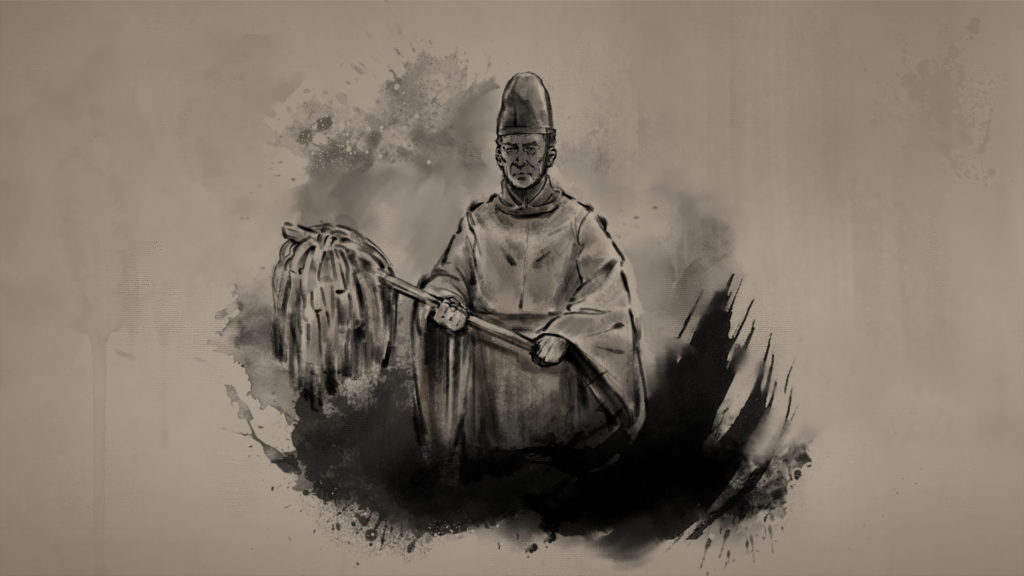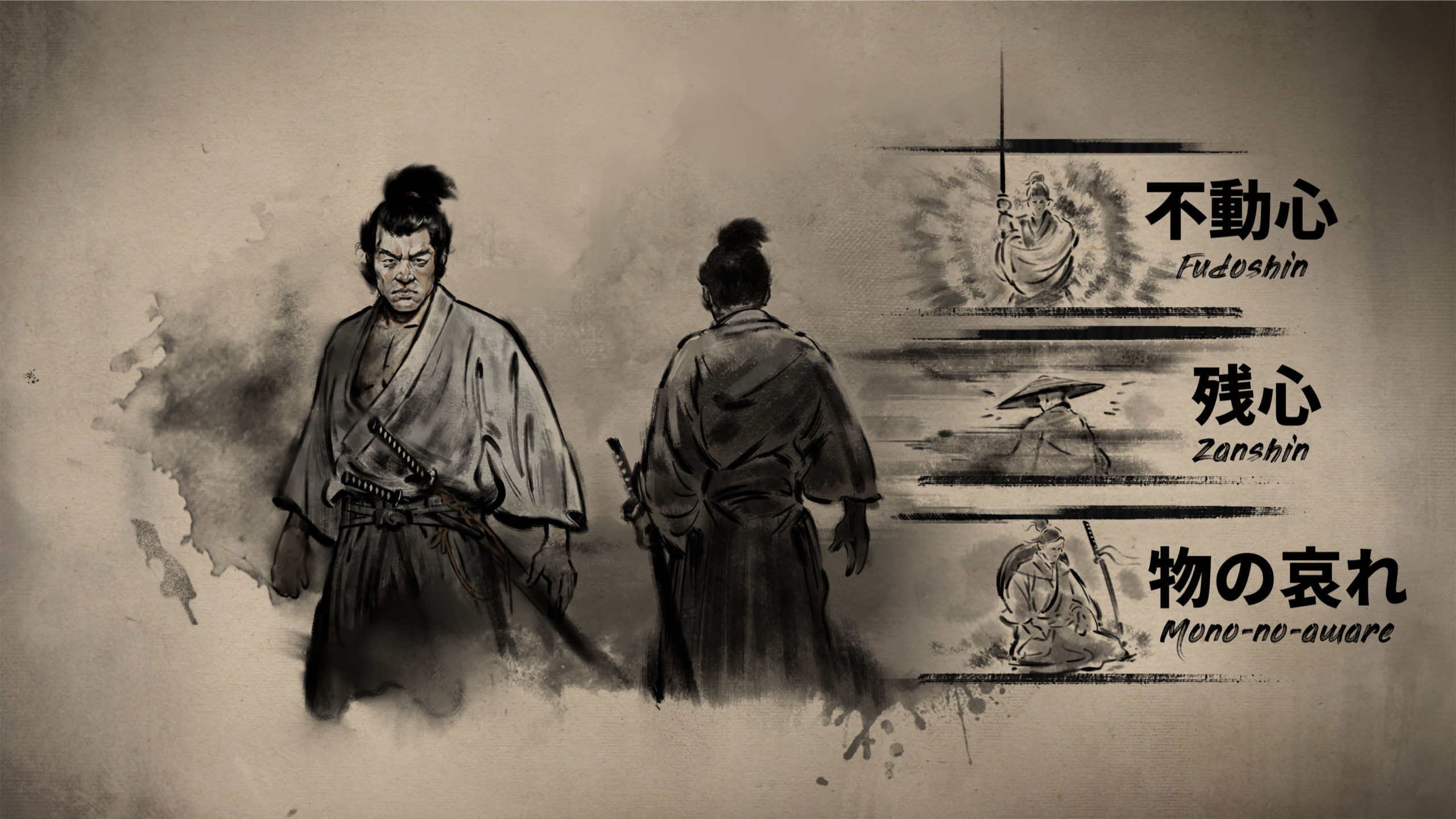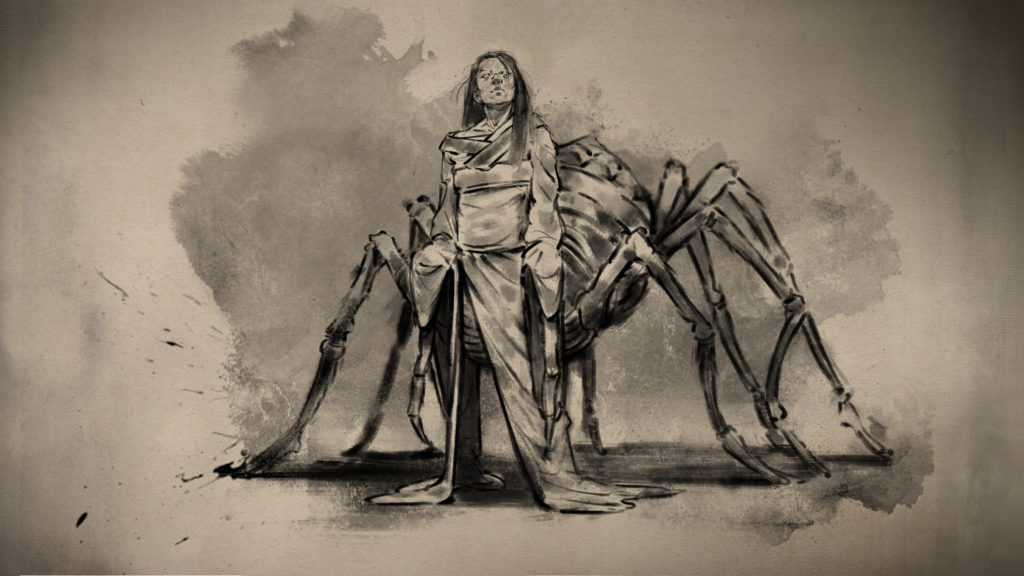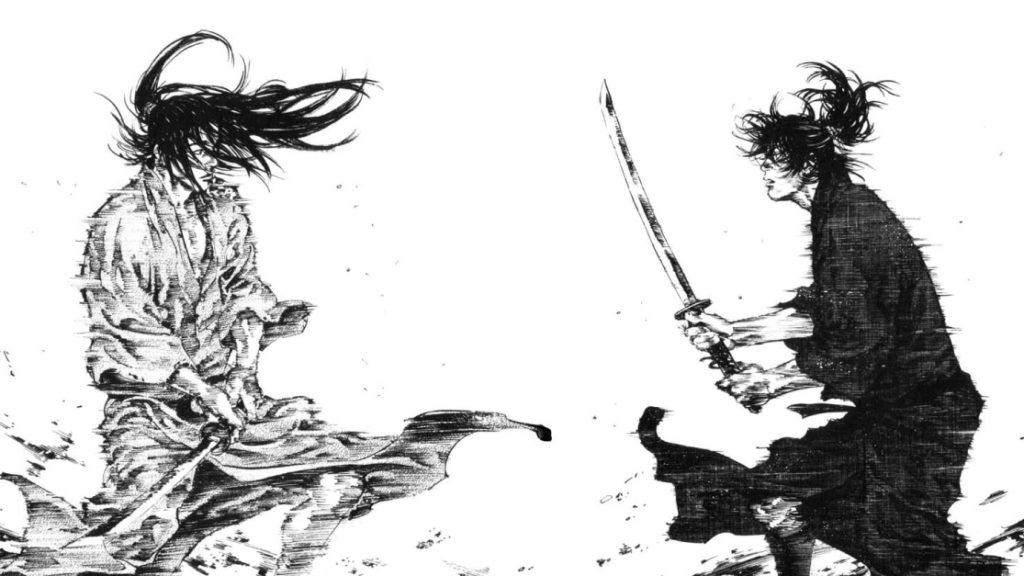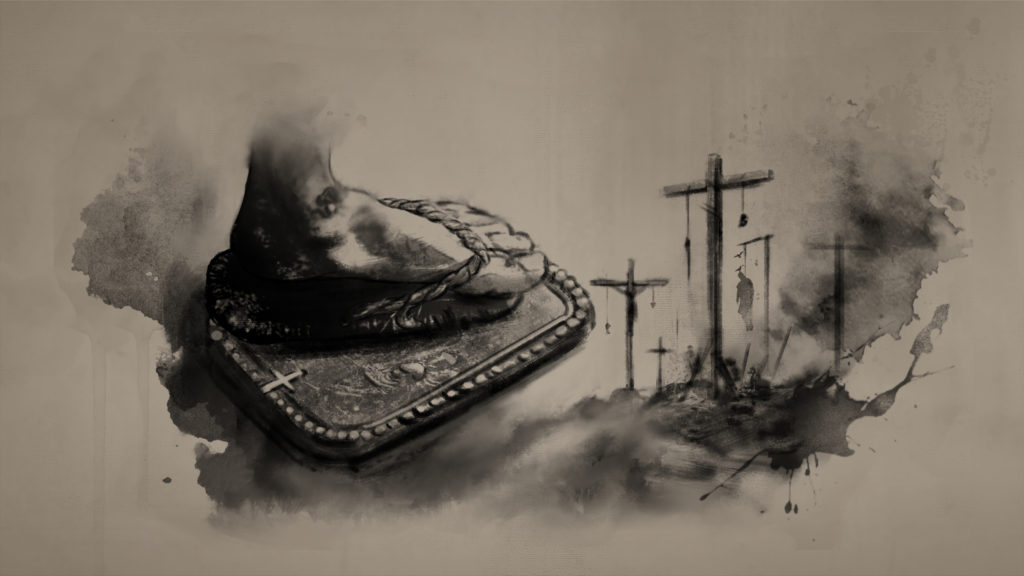The Purple Robe Incident: the Shogunate vs the Imperial Court
The Imperial Court of Japan lost most of its authority during the Warring States period. When Japan was unified under the Tokugawa Shogunate, the bakufu took steps to consolidate power. One threat it sought to address was the power of Buddhist temples. In 1627, the Emperor’s historical relationship with Buddhist temples brought the Imperial Court …
The Purple Robe Incident: the Shogunate vs the Imperial Court Read More »
